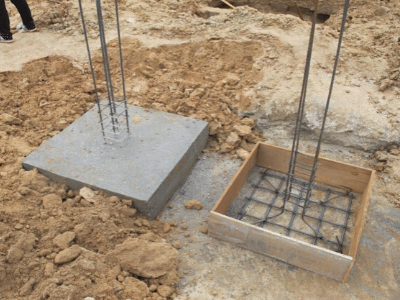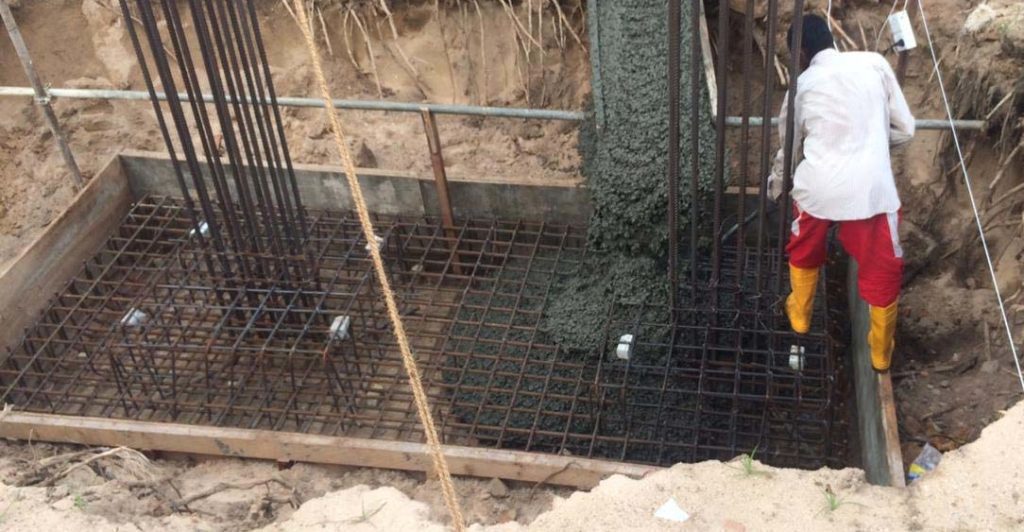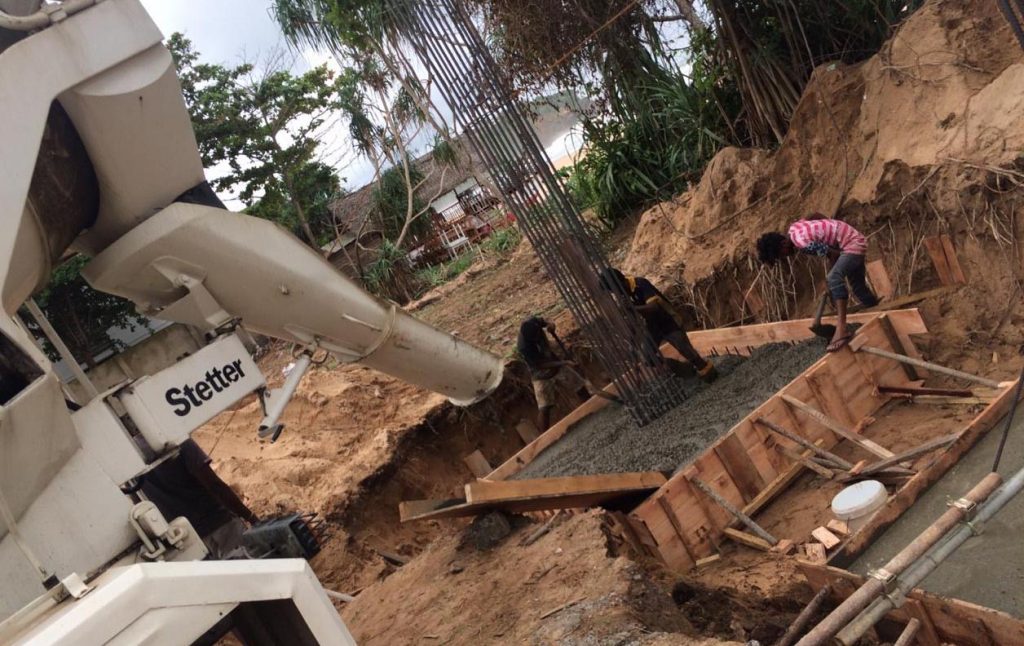In this blog article, we explore the key factors that civil engineers should consider when determining the optimal footing thickness during the foundation design. We will also examine the advantages and disadvantages of different footing thicknesses.
There are many factors to consider when determining the optimal foundation thickness and the minimum foundation thickness. Foundation width and thickness are interconnected, and they depend on the load applied to the foundation.
Factors Affecting Footing Thickness
Let’s discuss each factor in detail.
- Soil type
The type of soil on the project site will have a big impact on the required footing thickness. Soil types can be classified as sandy, clayey, or gravelly. Each soil type has different engineering properties that need to be considered.
Main the allowable bearing capacity is connected with the soil type. The condition of the soil leads to different bearing capacities. Lesser the bearing capacity of the soil higher the bending moment of the footing. It causes to increase in the thickness of the footing.
- Exposure Condition
The condition of the ground or the environment in which the structure is built is a very important factor in determining foundation thinness.
It is connected with the strength and durability of the foundation. Depending on the exposure condition select the cover to the reinforcement with affected the thickness of the footing. Further, we used to select the grade of the concrete also based on the exposure condition in modern design. Therefore, there is a direct relationship between the exposure condition with the foundation thickness.
- Applied Loads
The maximum bending moment and the share force on the footing are the main results of the column load on the footing. Depending on the bending and shear, the thickness of the footing will vary.

How to Determine Minimum Thickness of Footing
There are no special norms for the minimum thickness of foundation other than the general design practices to follow as per the relevant code of practices.
As discussed above, those factors could be the main concerns for the footing design and determining the minimum foundation thickness.
- Bending and Shear Requirements
Footing shall be able to withstand the bending and shear forces (vertical line shear and punching shear) induced due to the applied loads. Accordingly, we can determine the minimum thickness for the foundation. We can always increase thickness, but minimum thickness shall meet these design requirements.
- In addition, other design requirements such as an increase in the cover due to adverse exposure conditions, etc. also will directly affect the foundation thickness.
- Generally, the minimum footing thickness would be considered as 200mm for any type of footing such as pad footing, wall foundations, strip footings, etc.


